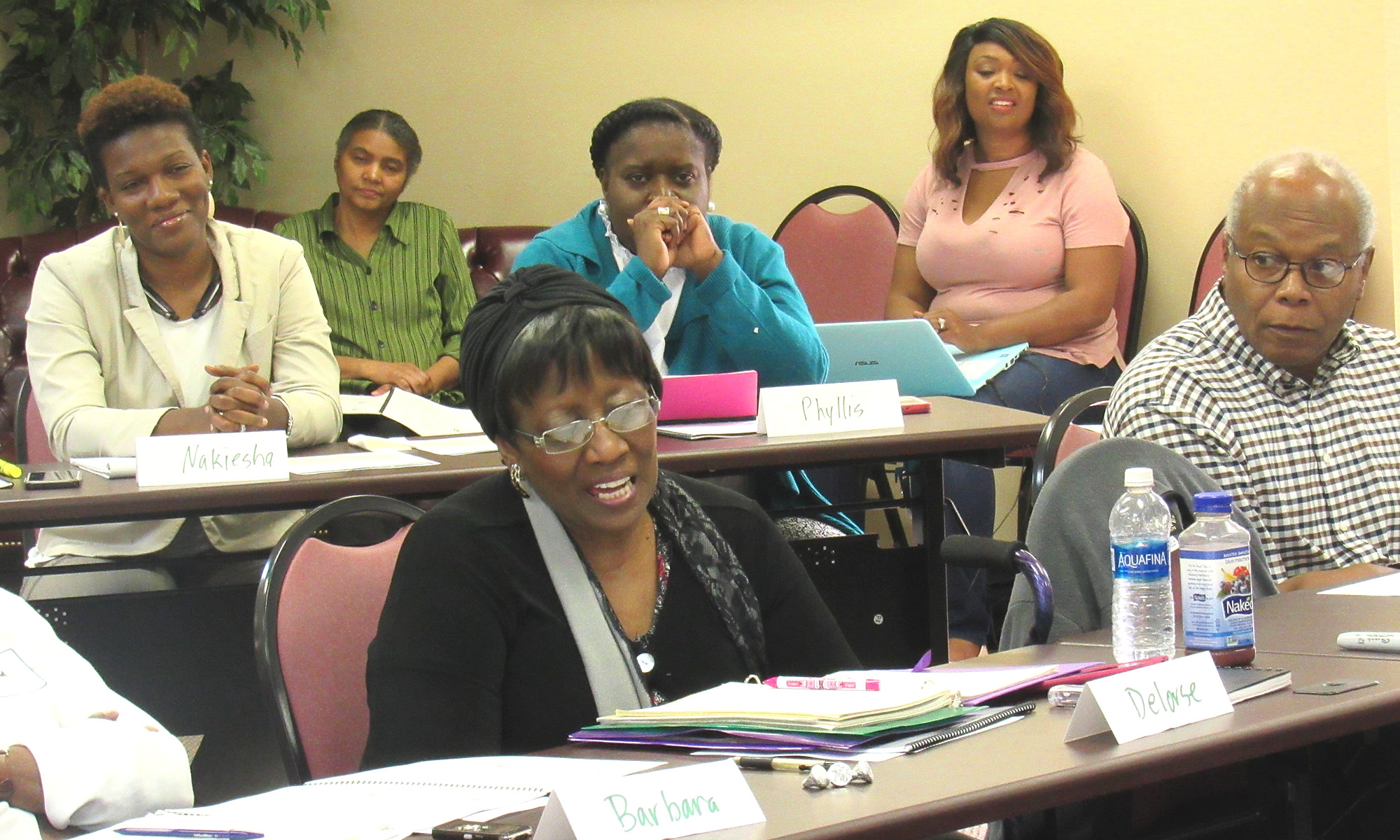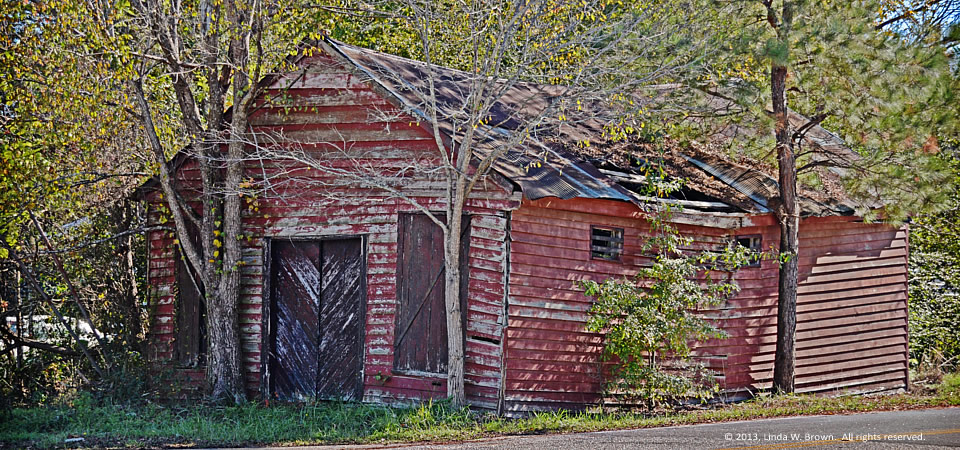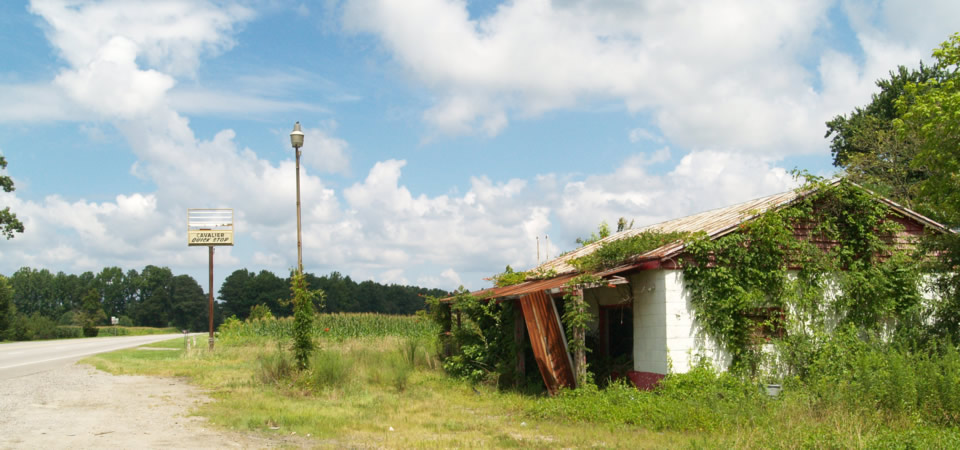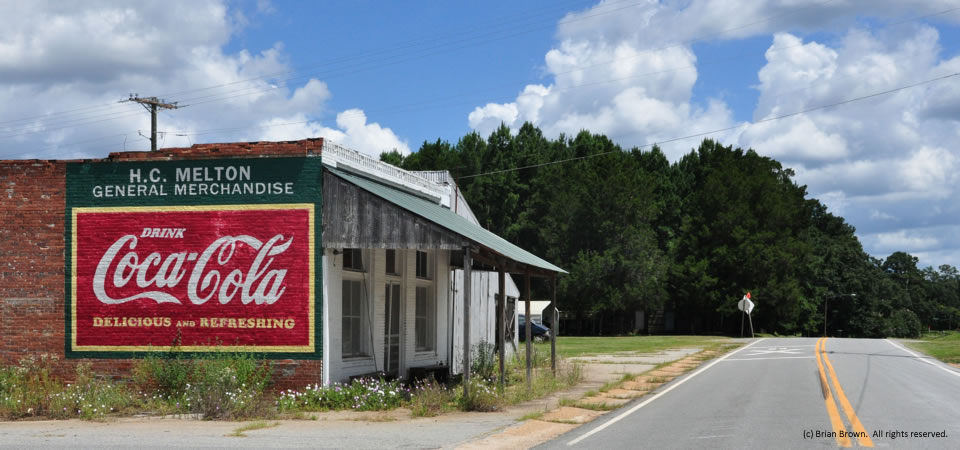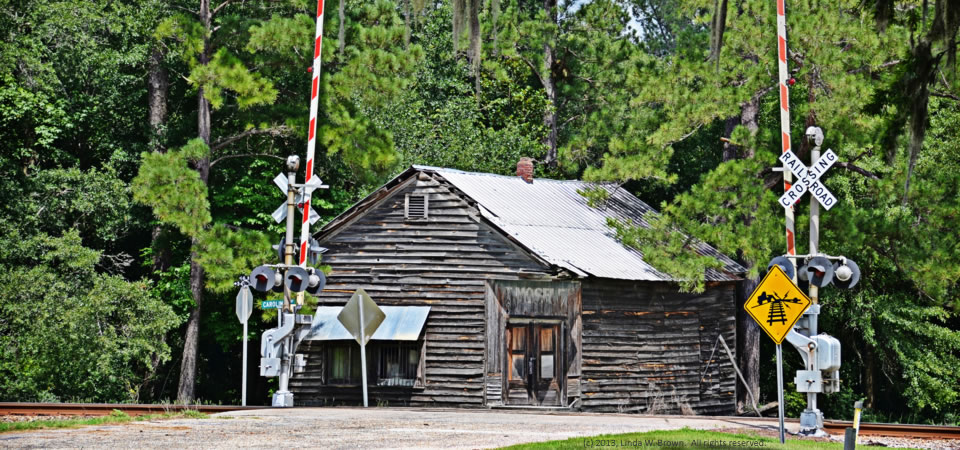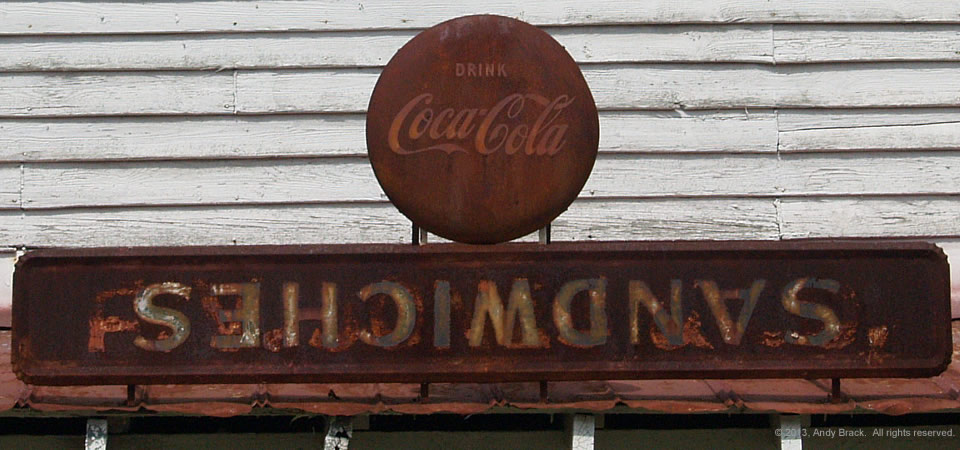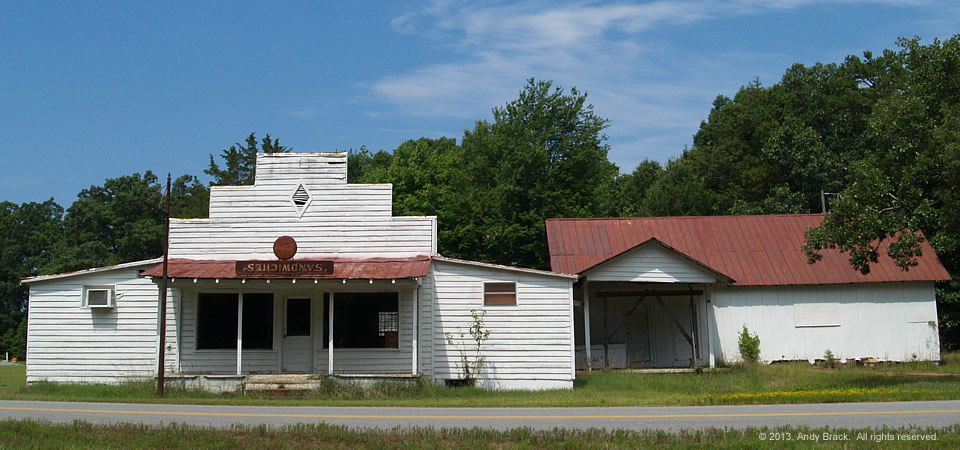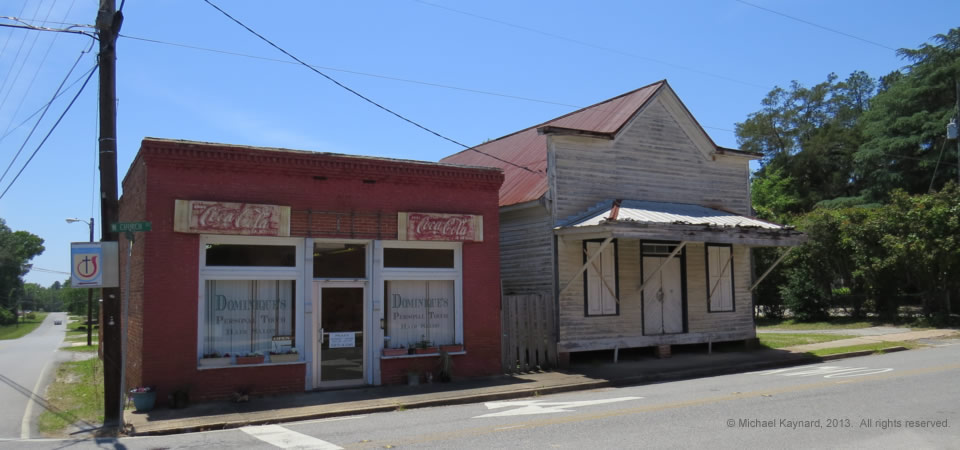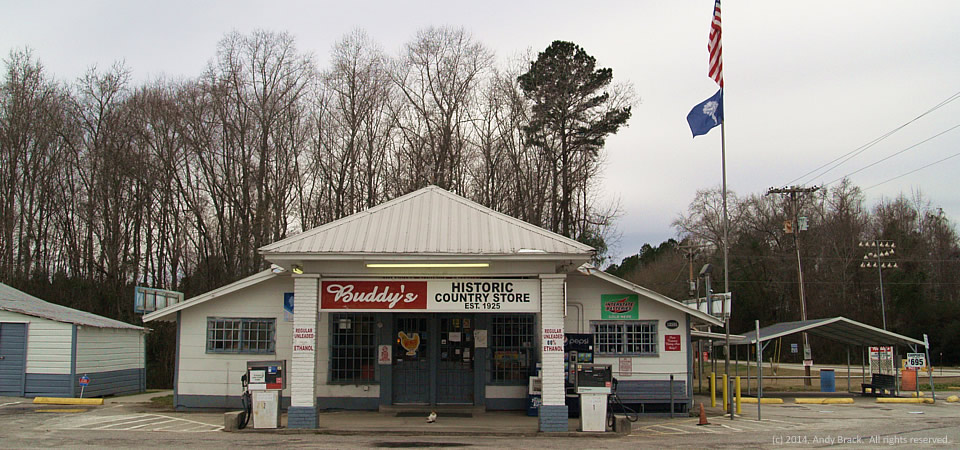
This historic store on U.S. Highway 21 about 10 miles west of Walterboro, S.C., was closed in January 2014, even though it looks well-kept and like it had been open recently. Look closely and you can see a cat in front of the gray doors.
It’s harder and harder to find country stores like this that are open today. Once as ubiquitous as mules, they’re dying out as more people move from rural areas to larger cities.
Walterboro, which has lost about 100 people since 2010, has a population of 5,309 people. 38 percent of whom live in poverty. Walterboro is the county seat of Colleton County, a Southern Crescent county split by Interstate 95.
Colleton County, which also has a small piece of coastline, is home to 38,153 people, 21 percent of whom live at or below the federal poverty level.
- Quickfacts on Colleton County from the U.S. Census Bureau.
Photo taken Jan. 4, 2014, by Andy Brack. All rights reserved.
